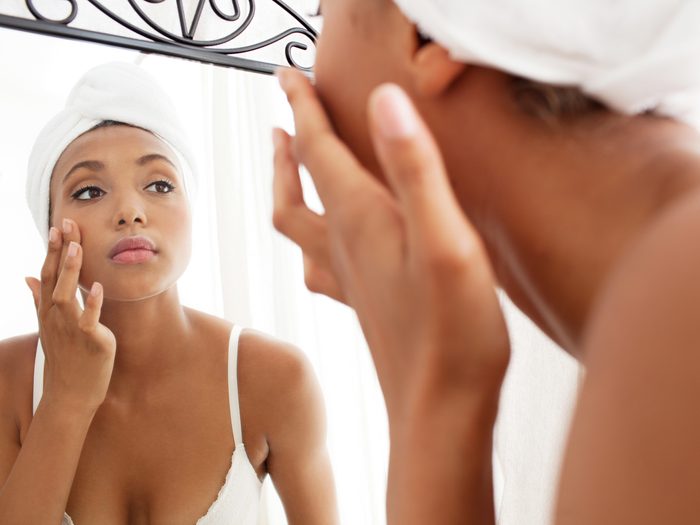
What is a whitehead?
Identifying a whitehead is the first step to treating one. So, what causes whiteheads? The telltale sign is a small white bump that occurs when trapped oil, bacteria, and dead skin cells clog a pore, explains David Lortscher, MD, a board-certified dermatologist and CEO of California-based custom prescription skincare brand Curology.
Overexposure to the sun is also a major cause of blackheads and whiteheads, he says. By being cautious of sun exposure, using sunscreen, and avoiding clogged pores, you can prevent them.
See below for what causes whiteheads—and how to treat them.
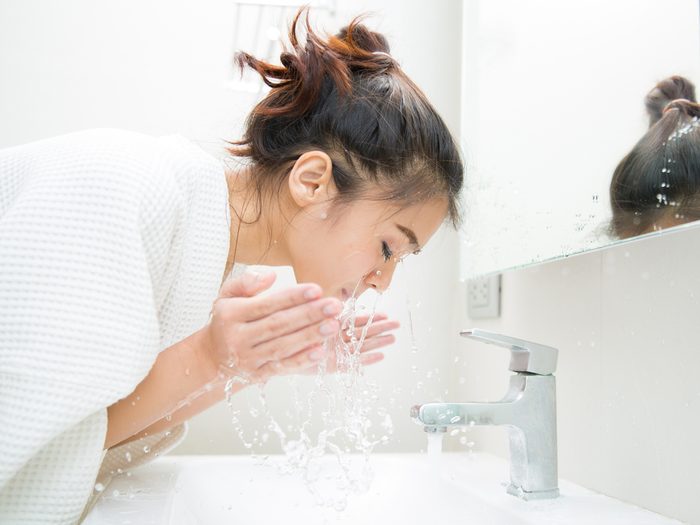
How to treat whiteheads
“Prevention is the best approach—along with treating the entire acne-prone area rather than chasing individual pimples after they form,” says Ava Shamban, MD, a board-certified dermatologist and owner of AVA MD in Santa Monica, California. “People who have an underlying condition of acne always have papules forming under the skin, so it’s better to disrupt the cycle before it starts.”
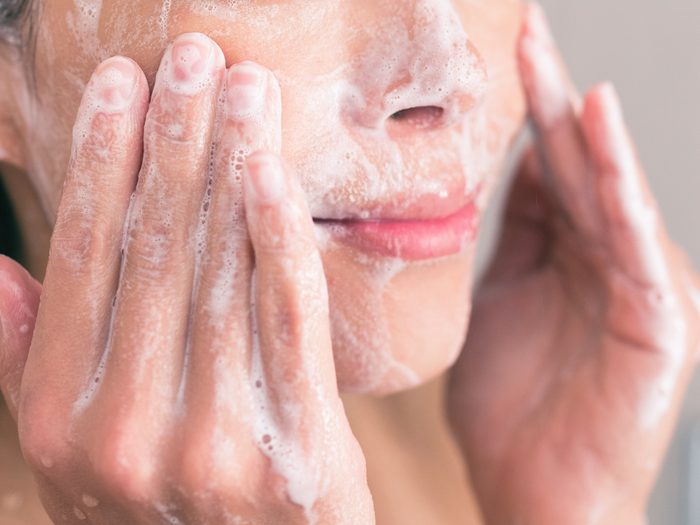
Find a skincare regimen that works for you
When it comes to fighting whiteheads, proper skin care is essential. “This should include an exfoliating cleanser that doesn’t dry you out and an exfoliating cream,” says Toral Patel, MD, MS, a board-certified dermatologist at D&A Dermatology in Chicago. Kate Somerville ExfoliKate Cleanser can help prevent the buildup that causes whiteheads. Touch Keratosis Pilaris Exfoliating Lotion is also helpful; it contains 12 percent glycolic acid and 2 percent salicylic acid, which is good for exfoliating.

Look for active ingredients
You already know now what causes whiteheads; now it’s time to keep an eye on three effective whitehead-banishing ingredients. “These include alpha-hydroxy acids like glycolic or lactic, beta hydroxy acids like salicylic acid, and topical retinoids,” says Dr. Patel. “All of these ingredients are effective at unplugging the pores.” She adds that they all treat as well as help prevent whiteheads. Don’t miss these common misconceptions about large pores.
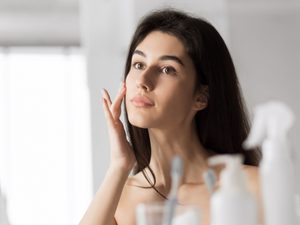
Try a spot treatment
You don’t necessarily need to apply washes or lotions over an entire area; applying certain ingredients directly to the breakout is also a good whitehead treatment. Dr. Lortscher says that spot treatments are worth exploring, but just make sure to pay attention to what works best for your skin. “Don’t overdo it—just a Q-tip to each spot will suffice,” he says.
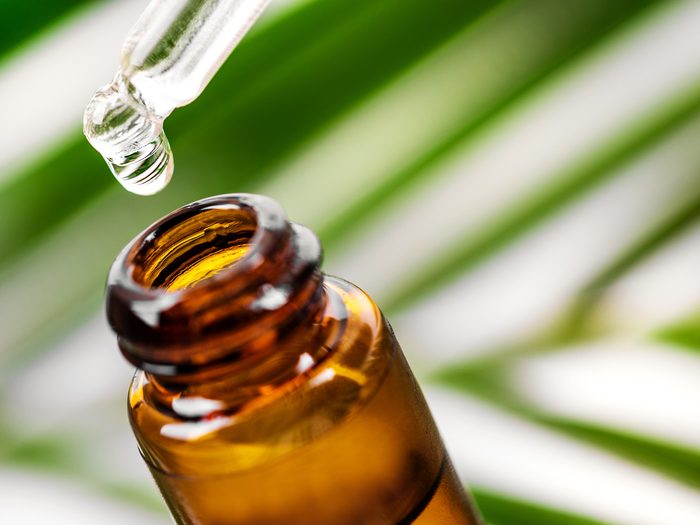
How to DIY a treatment
You can find acne treatments at drugstores and department stores, but if you’re in a pinch, says Dr. Shamban, try warm compresses to encourage drainage. Dr. Shamban is also a fan of tea tree oil, adding that it can help reduce inflammation. (Here are some more tea tree oil benefits for skin.) She also recommends applying a paste of ground-up aspirin to the area to reduce redness.
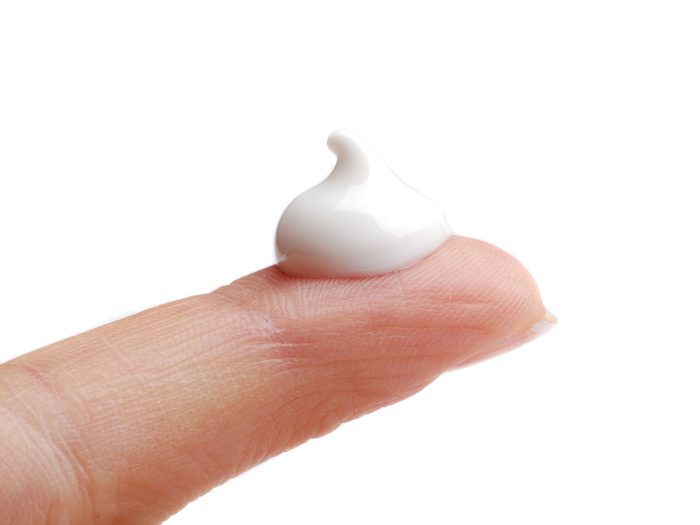
Know the difference between cystic acne and whiteheads
It’s important to note that cystic acne is different from a whitehead. Therefore, they require a different treatment approach. “Cystic acne is acne that has become very inflamed and is deeper in the skin,” says Dr. Patel. “This type of acne is usually treated with oral medication, compared to whiteheads, which often respond to topical treatments.”Here’s more on how to get rid of cystic acne.

Head to the spa
There are other ways to stop bacteria from creating a breakout. Dr. Patel says that treatments like chemical peels and microdermabrasion, which is like a vacuum for your pores, can help remove impurities from pores and keep them open. Light therapy is also a great way to keep pores open and clean. The beam of light can help alleviate psoriasis and itchy skin, along with zapping whitehead-inducing bacteria, says Nava Greenfield, MD a New York City-based dermatologist at Schweiger Dermatology Group.
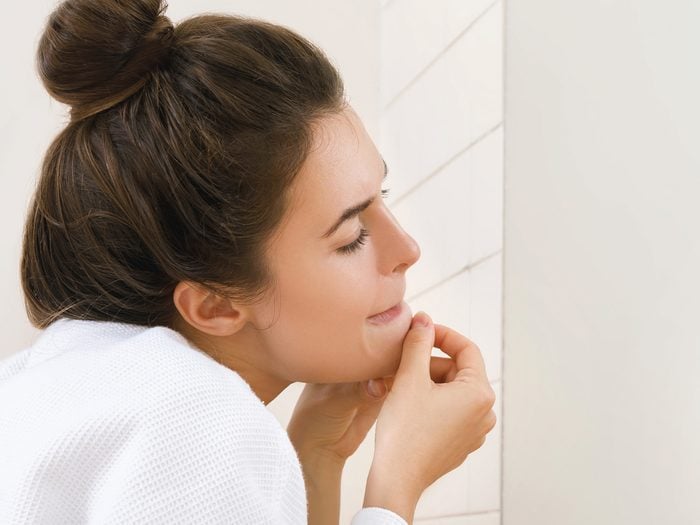
Don’t pop the pimple
Tempting as it may be, resist the urge to poke and prod your skin. Dermatologists overwhelmingly recommend asking a licensed aesthetician or board-certified dermatologist to pop a whitehead, also known as a closed comedone. Trying to pop or squeeze whiteheads will only make matters worse. “This will likely make it last longer by pushing comedone contents and bacteria further down pores,” says Michele Farber, MD, a dermatologist at Schweiger Dermatology Group in New York City. “The biggest concern is the risk of scarring if lesions get more inflamed.”
Medically reviewed by Elizabeth Bahar Houshmand, MD.
Next, learn which everyday habits are drying out your skin.
